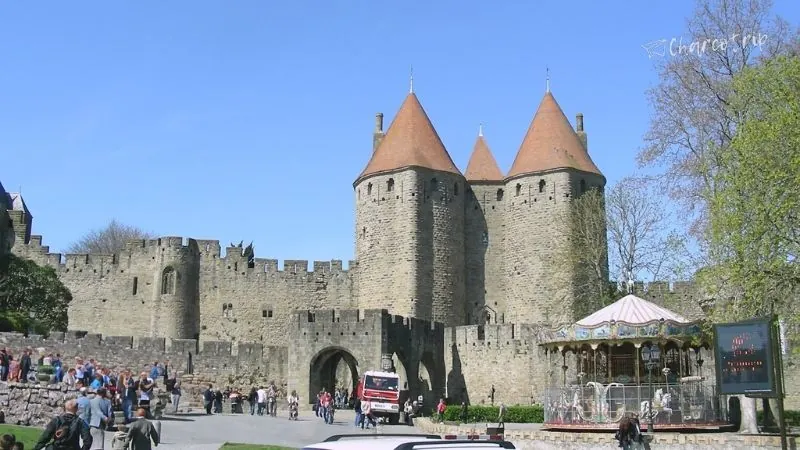We are going to discover the Natural Park of the Marismas de Santoña, Victoria and Joyel. This time we stopped in Escalante and we show you the birds that can be seen in summer.
A huge space for birds in Cantabria sounded very promising, almost irresistible. But not being able to visit Santoña, due to its closure, we headed to Escalante to be able to appreciate the Santoña marshes and its birds, here we tell you what we found.
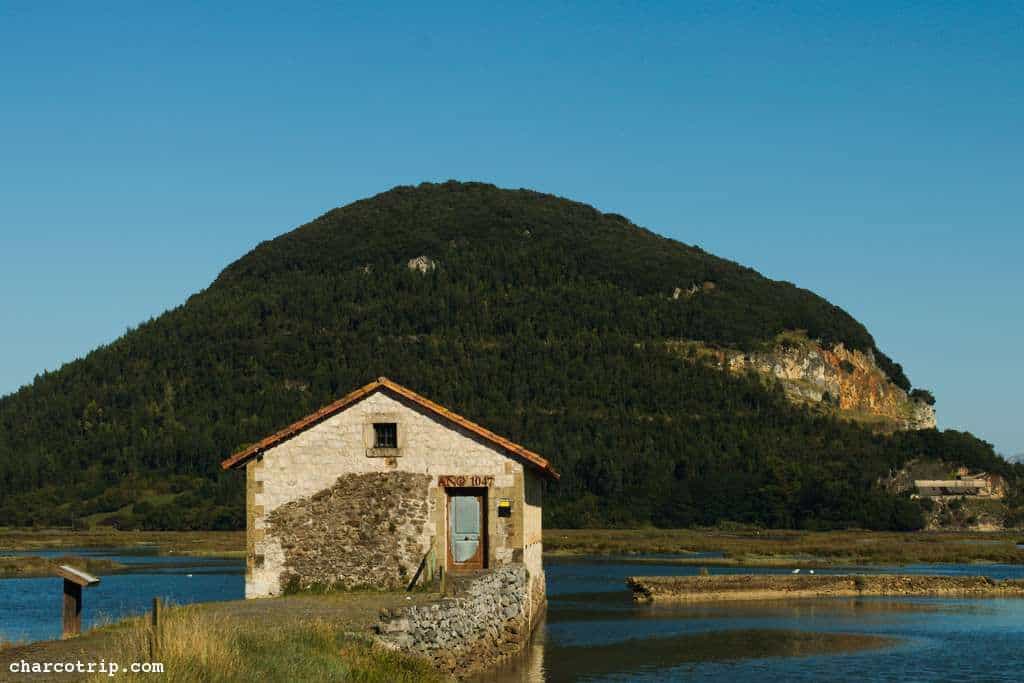
The Santoña, Victoria and Joyel Marshes Natural Park is a protected natural area in Cantabria. Here you can see an important number of birds, up to 130 different species, its extension is about 6,500 hectares. These wetlands are the most important, at least in terms of waterfowl, in northern Spain.
As the park is huge, it includes several towns in the area, although the main interpretation center is in the city of Santoña. But we couldn’t see it, the reason? When wanting to visit it, it was closed due to the pandemic. So we headed towards the municipality of Escalante, where we had seen that they had a point to observe birds.
The Cerroja Mill in Escalante
We followed the sign that said “natural park” without knowing what we would find. Upon arrival, we saw a nice space with benches to eat, under some trees. And we walked to the Cerroja mill, which is said to be from the year 1047. It is believed to be the oldest tide mill in Europe.

But… what is a tide mill?
The Cerroja Mill is a tide mill. This means that instead of using the flow of a river, it uses the water collected at high tide and contained in a dammed lagoon, using hydraulic force by opening a gate at low tide. This flow of water turns a wheel that transmits energy to the gears that drive the millstones, to grind the corn (or other cereals). When the tide goes out it loses power and stops. The cycle is repeated like this 2 times a day.
Bird diversity
In the mill we can see a huge board with the birds that usually pass by, of course, it is not the best time to observe migratory birds, we already knew that. The park of the marshes of Santoña being so large, the diversity of birds is distributed in all those places.
In fact, these are the best periods to observe birds in the Marismas de Santoña Natural Park:
- August and September: herons and waders.
- October and November: geese and ducks arrive.
- End of December and beginning of January: highest concentration of birds in the park. It is said that 20,000 birds of 50 different species can live together. So now you know when is the best time to come.

Following the forecast, we find several herons and wading birds. Here we are going to show the ones we could see, and try to decipher what bird it is thanks to the mill board.
Oh, and in addition to observing the birds, when going to these marshes, do not forget to observe the water. Vincent managed to see a fight between two crabs, where a small crab fought like a big one against a giant crab. In addition, there is an enormous quantity of fish, small and huge. Sure, if there weren’t these aquatic animals, the birds wouldn’t come 🙂 and here we have the magic of the ecosystem.
Get your flight to Spain at the best price
Laughing Gull
Of the two species of gulls that appear on the board, the one we could see was the laughing gull. It is smaller than the species we are used to seeing where we live. It is white with black spots and orange legs.
We saw them in a large group throughout the wetland, and we even could see them fly and land. On top of that, we could even witness some disputes.
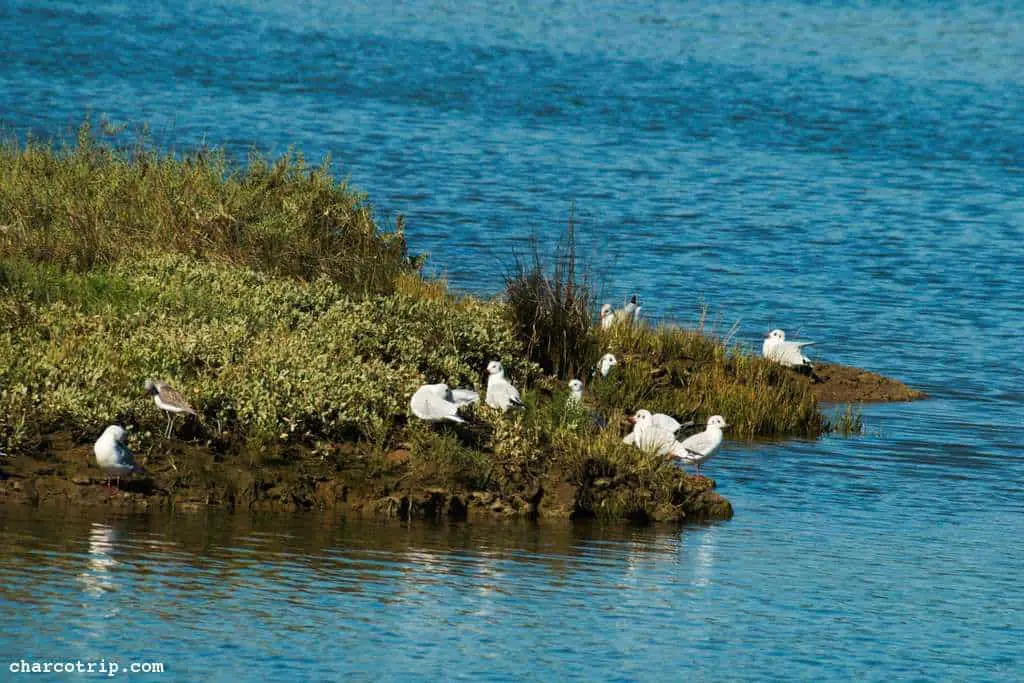

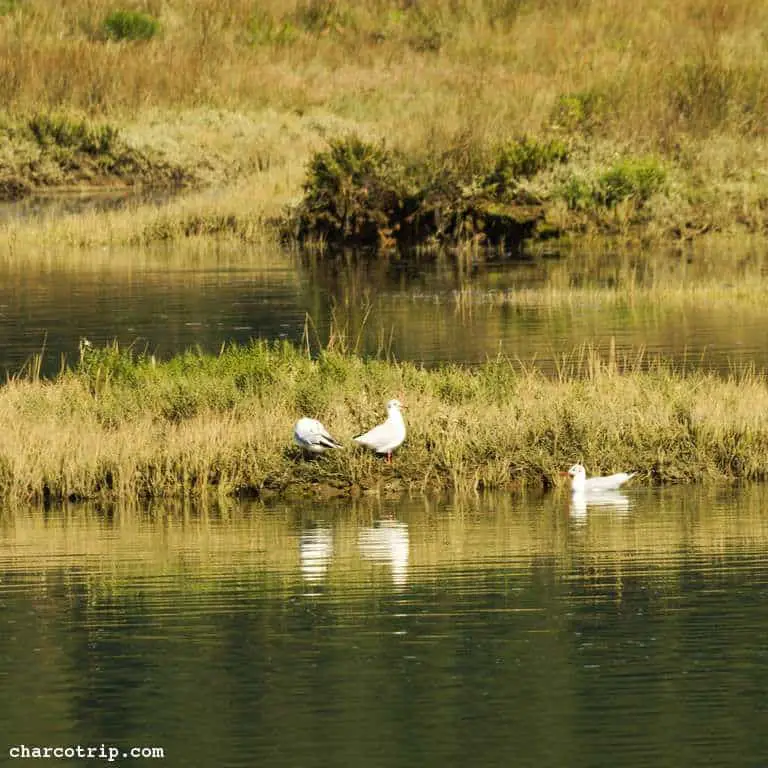

Little ringed plover
This bird is native to Europe and Asia Minor and usually winters in Africa. It is smaller than the seagull we saw, approximately 15 cm. Their feathers are less white and more brown, with some black lines.
We could see them flying in circles in a group, all of them were well coordinated.


Eurasian curlew
This bird lays its nests in almost all of Europe. It is easily recognized by its shape, with a long slightly curved beak, and its very striking and beautiful song (although we could not appreciate the latter). The color of its plumage is sandy brown.
We were able to see this bird in a resting position, that is, with only one leg on its foot, a peculiar way in which birds rest their legs.

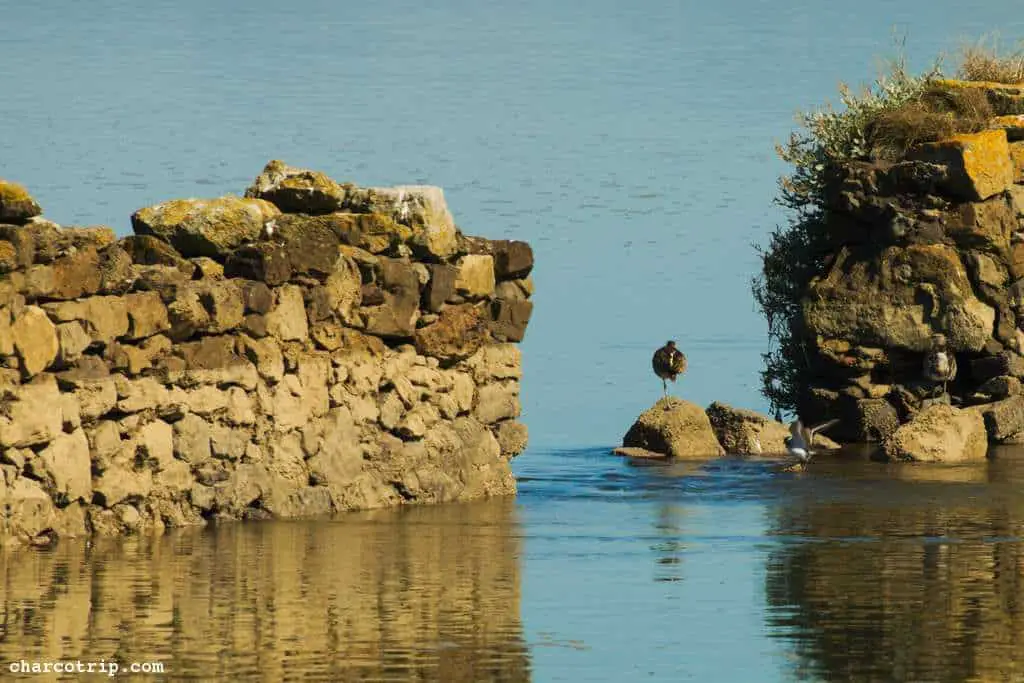
Great cormorant
We were lucky to see a great cormorant, which is characterized by being black and large. In the past he suffered by the hand of man, due to his talents as a fisherman he was seen as a strong competitor. It’s almost extinct, but thanks to efforts to preserve the species, it’s still here.

Little egret
This species is typical of Eurasia, Africa and Oceania, it is characterized by its completely white plumage. It is a sociable bird that travels in small groups and surrounds itself with other birds to nest. Here we could see some specimens, not many, scattered throughout the area.

Grey heron
The other species of heron that we saw, the Grey Heron, is native to Eurasia and Africa. Its plumage is primarily gray. Like all herons, here we see it flying with its neck retracted. A very elegant bird, especially when it is on the water.
Although also when flying it is very beautiful.

Finishing the visit
We tried to go looking for other points of view, but unfortunately it was impossible for us due to the closure of the city of Santoña. There were many points through which it was not possible to pass and that prevented us from having another view of the Santoña marshes. So this time we had to make do with the Cerroja Mill of Escalante, which is not bad at all.


A recommended visit and if you are a lover of bird watching, you have to come.
Some of the links in this article include affiliate links. This means that if you buy a product listed here by following these links, we'll receive a commission. The use of this link does not increase the final price for you and thus helps us to keep our blog alive.

